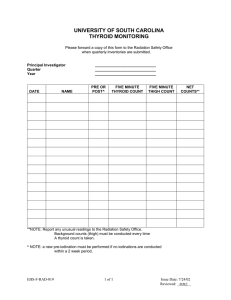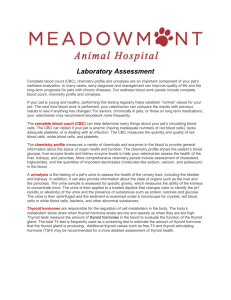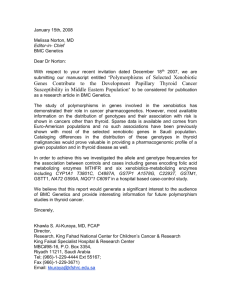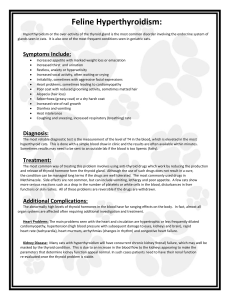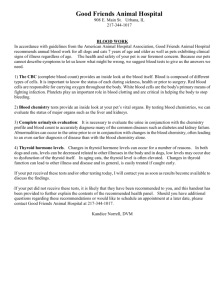Chapter 11 Problems
advertisement
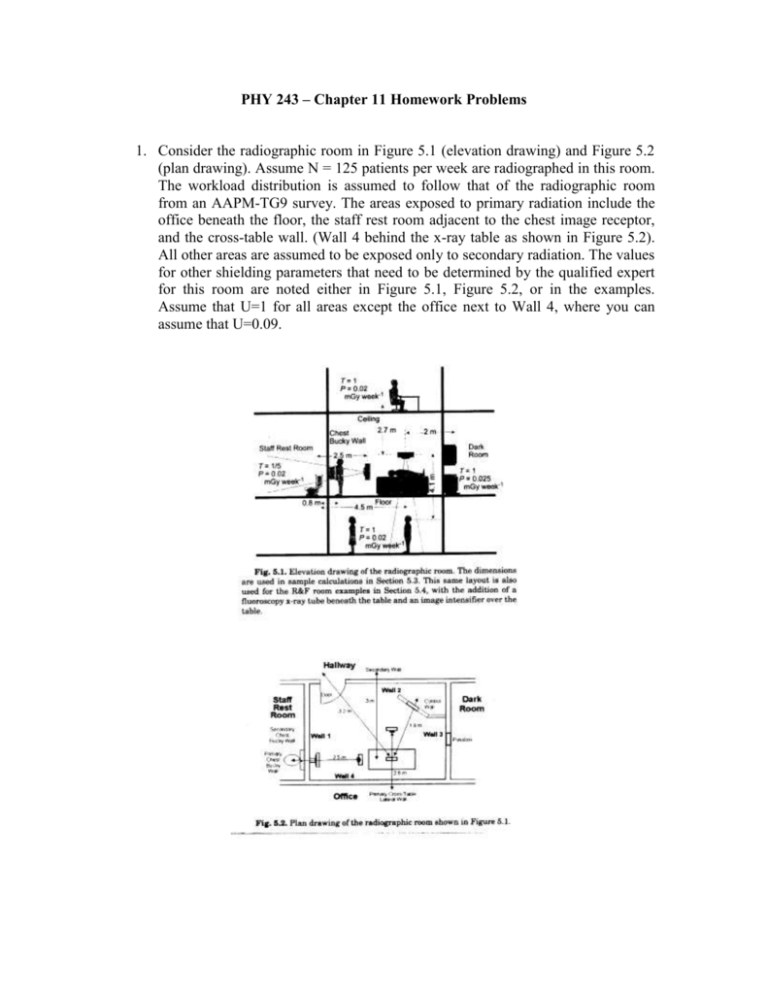
PHY 243 – Chapter 11 Homework Problems 1. Consider the radiographic room in Figure 5.1 (elevation drawing) and Figure 5.2 (plan drawing). Assume N = 125 patients per week are radiographed in this room. The workload distribution is assumed to follow that of the radiographic room from an AAPM-TG9 survey. The areas exposed to primary radiation include the office beneath the floor, the staff rest room adjacent to the chest image receptor, and the cross-table wall. (Wall 4 behind the x-ray table as shown in Figure 5.2). All other areas are assumed to be exposed only to secondary radiation. The values for other shielding parameters that need to be determined by the qualified expert for this room are noted either in Figure 5.1, Figure 5.2, or in the examples. Assume that U=1 for all areas except the office next to Wall 4, where you can assume that U=0.09. 2. Calculate the amount of lead needed to reduce the exposure at 1 m from a 25 GBq point source of F-18 to 2.5 mR/hr. Gamma ray exposure constant: 5.73 Rcm2/mCi-h. Assume “poor” geometry conditions. 3. Calculate the thickness of polyethylene needed to stop P-32 betas (mean energy 0.695 MeV, max energy 1.71 MeV). Approximately what fraction of the P-32 beta energy would be converted into bremsstrahlung from such a shield? 4. An environment is sampled for Ar-41 activity. Given: The airborne concentration is 250 Bq/m3 Sampling rate: 2.5 L/min Sampling time: 3 hours Sample held for 2 hours after collection, before counting Sample counted for 55 minutes Sample counter background 20 counts/min Sample counter efficiency for Ar-41 emissions: 20% Calculate the number of counts expected during the 55 minute counting period and give its uncertainty (being sure to propagate the uncertainty included in the subtraction of background). 5. A worker has ingested some I-131. Based on the following data, estimate her initial intake and thyroid dose commitment. Calculate individual estimates of intake from all seven data points, and calculate a weighted and an unweighted least squares estimate for the thyroid data set and the urine data set. Calculate the thyroid dose from any one of the intake estimates that you believe the most. Time 12 hr 2d 7d 20 d Thyroid activity (MBq) 0.010 0.012 0.0075 0.0025 24-hour urine activity (MBq) --0.002 1.5 x 10-5 5.0 x 10-6 Use the following IRFs: Time 0.5 d 2.0 d 7.0 d 20 d IRF (thyroid) 0.206 0.248 0.155 0.0461 IRF (24 h urine) ----0.038 0.000281 0.00020 Dose equivalent to the thyroid per unit activity ingested = 2.9 x 10-7 Sv/Bq.
